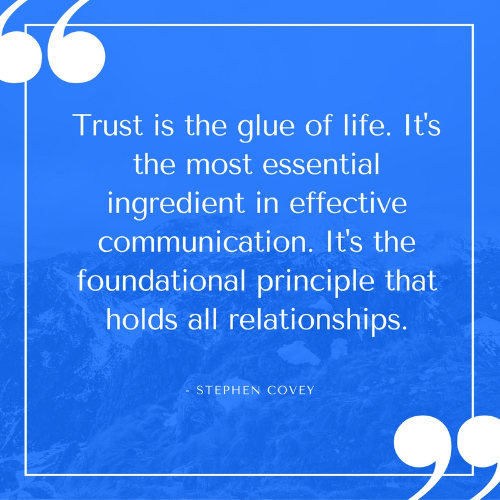GreenRope Blog
Title search: ✖
|
Show All (636)
#CoolerChat (7) All About GreenRope (172) Content Marketing (66) CRM (191) Customer Experience (79) Digital Transformation (8) Email Marketing (6) Event Recaps (2) Everything Small Business (46) How-To (136) In the Clearing with Lars (25) Infographics (4) Marketing (149) Marketing Automation (60) Monthly Updates (25) Press Release (1) Sales (76) SMB (140) Social Media (20) Tidbits for You (116) Websites & SEO (4) Weekly Roundup (16)
10 Surprising Things You Didn't know about Client Services & Search Marketing Manager, Lisa Frampton
Disqualifying Leads Without Alienating Them as Future Customers - Part 2: Cultivating Non-Leads with Automated Marketing
4 Ways to Get Your Email Marketing in Front of the Right Audience Through Personalization & Segmentation
Total Cost of Ownership: What does it mean and how can you avoid costly, unsuccessful implementations.
|
4 Ways to Get Started with Personalization
Everyone is talking about personalized messages and how much they help engagement, and more importantly, conversions. As a marketer and a consumer, I know this to be true. We are in the age of the customer, meaning they have more buying power than ever before. Why? Because there are so many options for consumers to choose from. The companies that target and personalize their messages are the companies that will continue to grow and drive significant revenue. According to a study by Forrester Research, “66% of marketing departments reported that they are doing a good job of personalized marketing, whereas only 31% of consumers believe they are.” This statistic shows that there is a huge disconnect between the brands and their customers. Main reasons for poor personalization:
So much of personalizing your data relies on the data you collect about your leads and clients. Without the proper technology in place, like CRM and marketing automation, it becomes almost impossible to segment and personalize your marketing in an effective and efficient way. To help you get started with personalization, try these tactics. These tactics work for both website and email personalization.
Start collecting dataData is single-handedly the most important component if you want to get personalization right. How can you personalize your marketing if you don’t know anything about your contact? You can’t. First, you need a CRM system to help you collect, organize, and manage this data. Then once you have your data, you will need a marketing automation platform or email marketing system to help you use that data. Think about the data you’d like to collect about your consumers. Does location matter? Interests? Past purchases? All of these data points are great places to start with personalization. Use signup forms, special offers, phone conversations, website and email tracking, and social listening to help you gather data about your customers. The more you collect, the better. Don’t forget to keep this data organized. The thing with data is that it has to be good data if you want to use it successfully.
Identify your clientsOnce you have started collecting data, you begin to notice trends with your contacts. This is when you can start to develop buyer personas and segments of your lead/customer base. Most brands have at least 2-3 customer types. Start to pick out trends in contact data - both demographic and behavioral. You should also use lead scoring to help identify who your most engaged leads and customers are. Identify commonalities between these people. Who are they? Where do they live? What are their interests? What pages do they look at most on your website? Once you understand to whom you are marketing, you have a better shot of succeeding with personalization.
Start smallGetting personalization right can be a challenge as Forrester’s research dictates. This is why you do not want to ‘over personalize’ before you even know what works and what doesn't. For some, simply inserting a first name is enough personalization, while for others, sending custom content, upsells, and offers generate the best engagement. A few ways to start small with personalization:
A/B TestTesting out your efforts is the only REAL way to identify what works and what doesn't. It is important to test to get the most bang for your buck. Your customers may respond to one message over another. The point of your marketing is to increase engagement and ultimately drive revenue.
What to test?
In conclusion, personalization is an important strategy to help nurture client relationships and close more deals. It is also incredibly important for retention. Don’t let your clients feel like a number. A lot of these tactics are easy to get started. It will take some tweaking, of course, but the results speak for themselves. Share: Share Category "CRM": Share Category "How-To": Share Category "Marketing": Share Category "SMB": |
